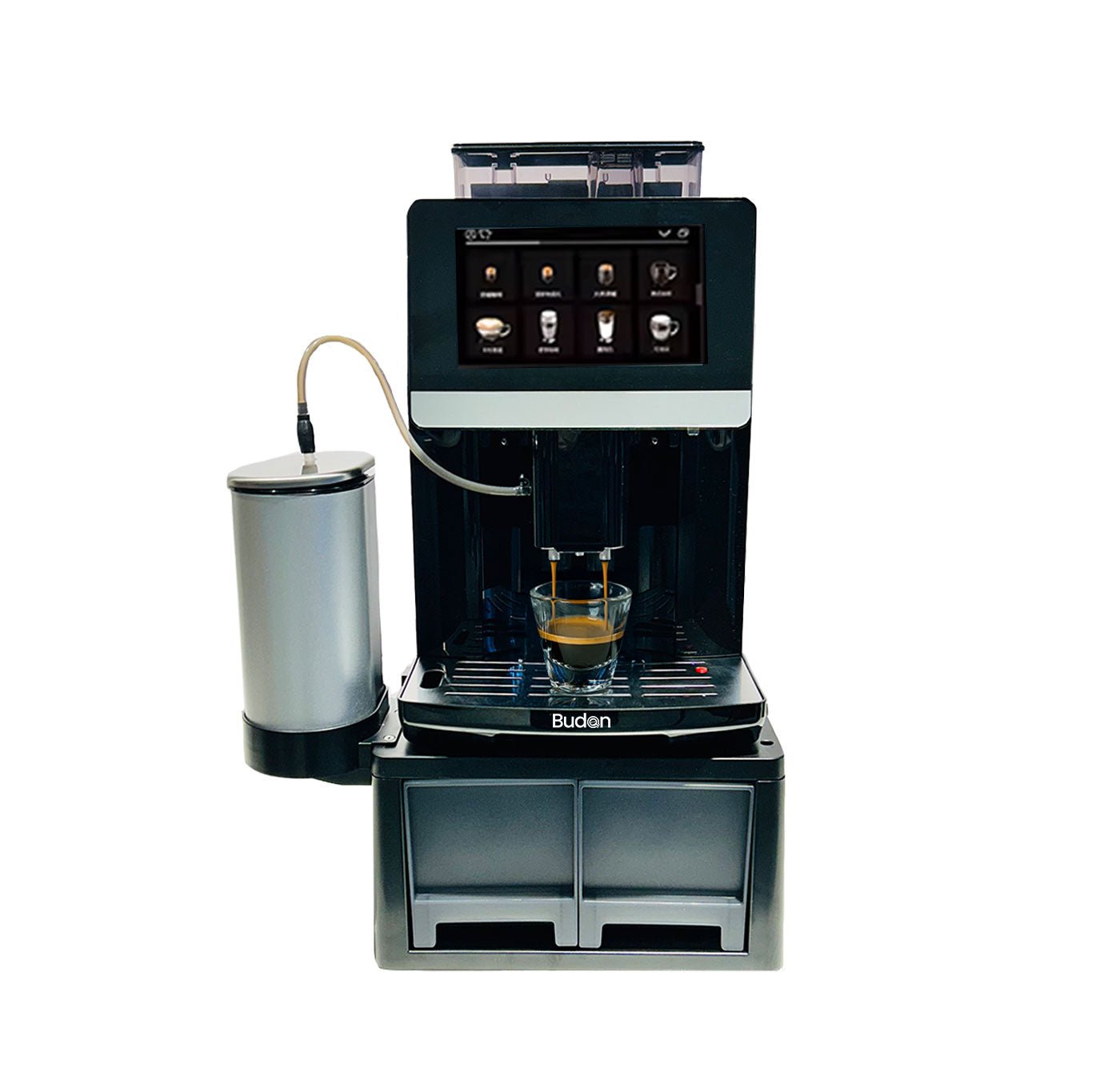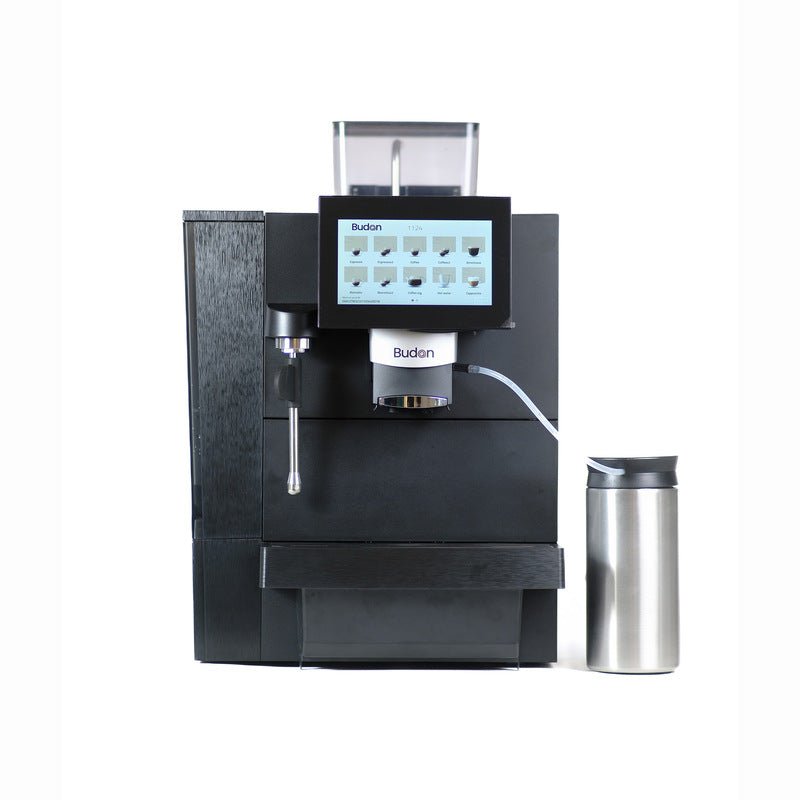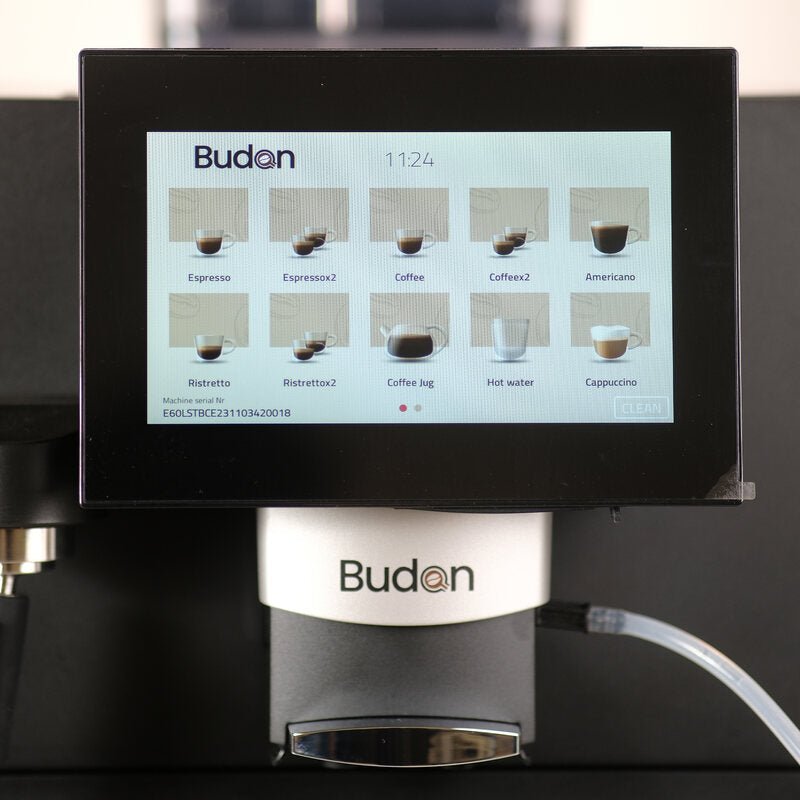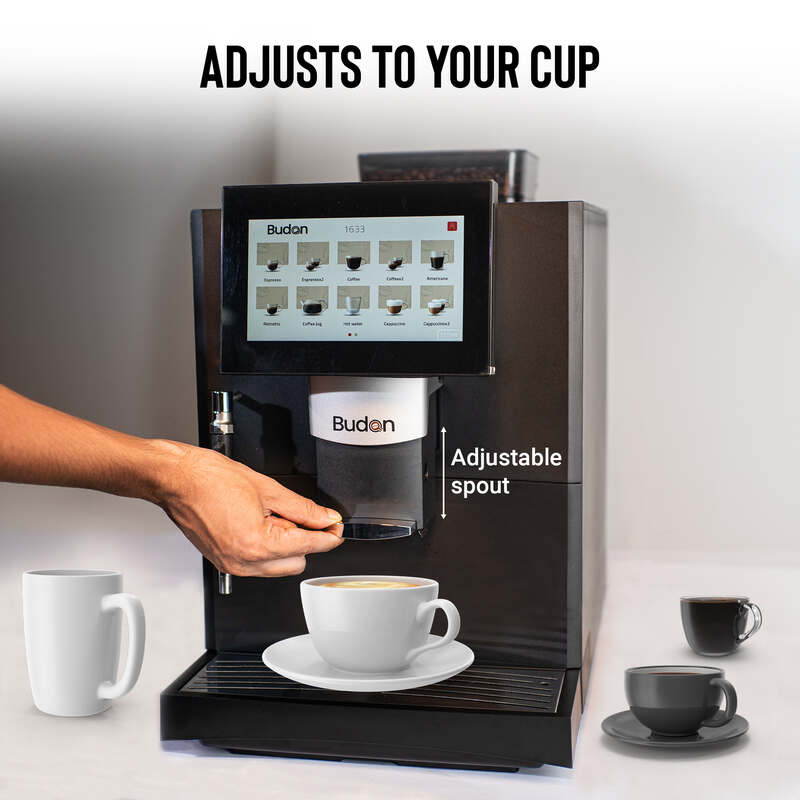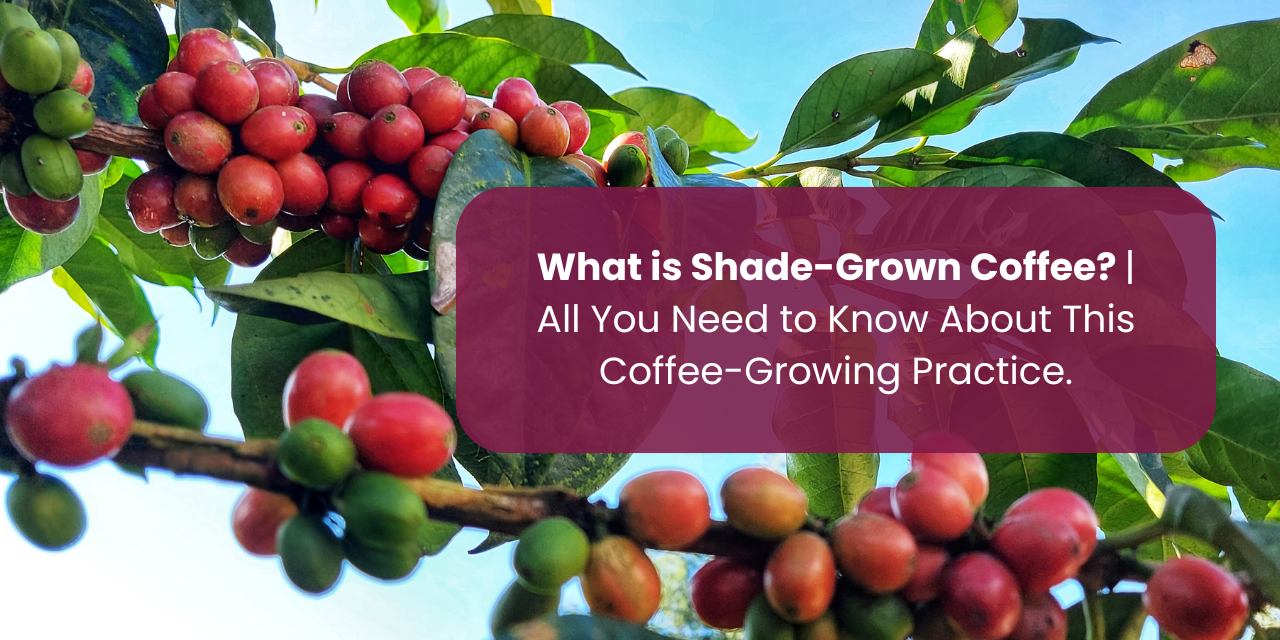When it comes to choosing the perfect cup of coffee, most of us focus on the roast level, origin, or flavor notes. But there’s another crucial factor that often goes unnoticed—how the coffee is grown. One term that’s been gaining popularity among eco-conscious consumers and specialty coffee lovers alike is shade-grown coffee.
But what is shade-grown coffee exactly? Why does it matter? And how does it affect the environment, farmers, and the flavor in your cup?
In this blog, we dive into everything you need to know about this traditional and environmentally friendly coffee-growing practice—and why shade-grown coffee beans might just be the next addition to your brew bar.
What is Shade-Grown Coffee?
Shade-grown coffee refers to coffee cultivated under a canopy of trees, mimicking the natural habitat in which wild coffee plants originally evolved. This method contrasts with full-sun coffee plantations, where forests are cleared to plant coffee in open sunlight, often for higher yields.
Historically, most coffee was grown in the shade, especially Arabica coffee beans, which thrive in cooler temperatures and dappled light. In recent decades, however, industrial farming shifted toward sun-grown systems to maximize short-term production—often at the cost of biodiversity and soil health.
Shade-grown coffee, on the other hand, supports a more sustainable and balanced ecosystem.
Why Shade Matters: Ecological Benefits?
1. Biodiversity Conservation
Shade-grown farms act as mini rainforests, providing habitats for birds, insects, mammals, and native plants. Studies show that shaded coffee farms host up to 95% more bird species than sun-grown ones. Migratory birds in particular benefit from these lush canopies.
2. Soil Health and Erosion Control
Trees help prevent soil erosion by anchoring the ground with their roots. The leaf litter they produce decomposes and replenishes nutrients in the soil, improving organic matter content and water retention.
3. Climate Resilience
Tree canopies regulate temperature and protect coffee plants from excessive heat, frost, and wind. In the face of climate change, shade-grown systems may offer greater long-term resilience for coffee farmers.
4. Natural Pest Control
Diverse plant and animal life in shaded ecosystems help create natural checks and balances. Birds, spiders, and wasps help control pests like the coffee borer beetle—reducing the need for harmful pesticides.
Flavor Profile: Does Shade-Grown Coffee Taste Better?
While flavor is subjective, many coffee experts and roasters claim that shade-grown coffee beans often produce superior flavor—particularly in Arabica varieties.
That’s because:
-
Slower ripening under shade allows sugars and acids in the coffee cherry to develop more fully.
-
This leads to a more complex cup, with enhanced sweetness, body, and acidity.
-
The consistent temperature and soil quality can also contribute to a cleaner, brighter brew.
If you’re a fan of single-origin, specialty coffee, there’s a good chance it’s shade-grown—even if the label doesn’t explicitly say so.
Shade-Grown Coffee vs. Sun-Grown Coffee
|
Feature |
Shade-Grown Coffee |
Sun-Grown Coffee |
|
Ecosystem |
Supports biodiversity |
Limited biodiversity, monoculture farms |
|
Soil & Water Management |
Prevents erosion, retains nutrients |
Higher risk of soil depletion |
|
Pest Control |
Natural predators help control pests |
Often requires pesticides |
|
Yield |
Lower per-acre yield |
Higher yields in short term |
|
Flavor Development |
Slower maturation, richer flavor |
Faster growth, sometimes flatter flavor |
|
Environmental Impact |
Low, sustainable |
High, potential for deforestation |
While sun-grown methods produce more beans per acre, they do so at an environmental and often flavor-related cost.
Certification Labels to Look For
Not all shade-grown coffee is labeled as such, but the following certifications can be helpful indicators:
1. Bird-Friendly Certification (Smithsonian Migratory Bird Center)
This is the gold standard for shade-grown coffee. To qualify, farms must meet strict criteria for forest cover, biodiversity, and organic farming.
2. Rainforest Alliance Certified
This seal ensures that the coffee was grown with attention to environmental, social, and economic sustainability. While not exclusively shade-grown, many certified farms follow shade management practices.
3. Organic Certification
Organic coffee is grown without synthetic pesticides or fertilizers. While not all organic coffee is shade-grown, many farms combine both practices.
4. Fair Trade Certification
Focuses on fair wages and working conditions for farmers. While it doesn't guarantee shade-grown coffee, it often overlaps with environmentally conscious farming.
Pro Tip: If the packaging doesn’t mention shade but lists origin details, research the region or estate. Farms in Ethiopia, Guatemala, and India’s Western Ghats often use shade-grown systems by tradition.
Where is Shade-Grown Coffee Commonly Grown?
Shade-grown methods are especially prevalent in:
-
Ethiopia – The birthplace of Arabica; many farmers use forest-grown coffee systems.
-
Latin America – Countries like Colombia, Peru, Mexico, and Guatemala have a long tradition of shaded cultivation.
-
India – The Western Ghats and regions like Chikmagalur and Coorg are known for shade-grown Arabica and Robusta coffee.
-
Indonesia – Sumatra and Java have large areas of agroforestry-based coffee farming.
Challenges Faced by Shade-Grown Coffee Farmers
Despite its benefits, shade-grown farming is not without challenges:
1. Lower Short-Term Yields
Shade-grown farms typically yield less than sun-grown monocultures, making them less attractive to large-scale commercial growers focused on volume.
2. Labor-Intensive
Managing tree canopies, pruning, and pest control in diverse ecosystems requires more hands-on labor and traditional knowledge.
3. Limited Market Awareness
Consumers may not know the environmental value of shade-grown coffee, leading to price competition with conventional beans.
That’s why education and transparent sourcing are vital for supporting this practice.
How to Support Shade-Grown Coffee?
If you want to support sustainable agriculture and enjoy exceptional coffee, here’s how:
-
Buy from roasters that highlight shade-grown or bird-friendly sources.
-
Look for certifications like Smithsonian Bird-Friendly, Rainforest Alliance, or Organic.
-
Ask questions at cafés and grocery stores—your interest can drive change.
-
Support direct trade models, where roasters build long-term relationships with environmentally conscious farmers.
Final Thoughts: Why Shade-Grown Coffee Deserves Your Attention
Shade-grown coffee represents a return to nature—a method that prioritizes ecosystem health, sustainable farming, and complex flavor. In a world increasingly dominated by mass agriculture and climate uncertainty, shade-grown systems offer a glimpse of how coffee can thrive without destroying the planet.
Whether you’re an eco-conscious shopper, a specialty coffee enthusiast, or simply someone who wants their daily brew to do a bit more good—choosing shade-grown coffee beans is a powerful step in the right direction.
So next time you reach for your morning cup, consider where your coffee comes from. Because a great brew should taste good—and do good too.








